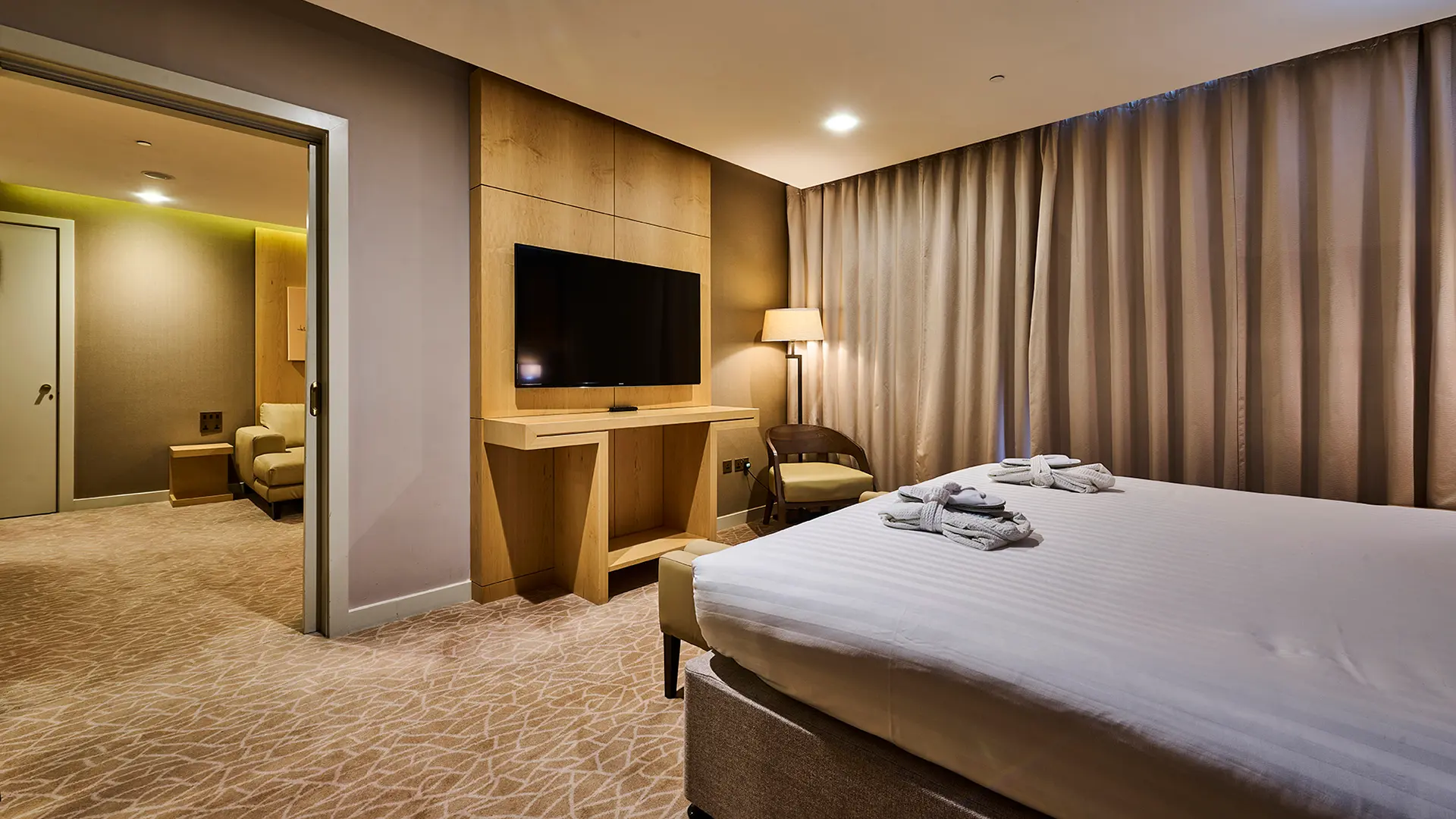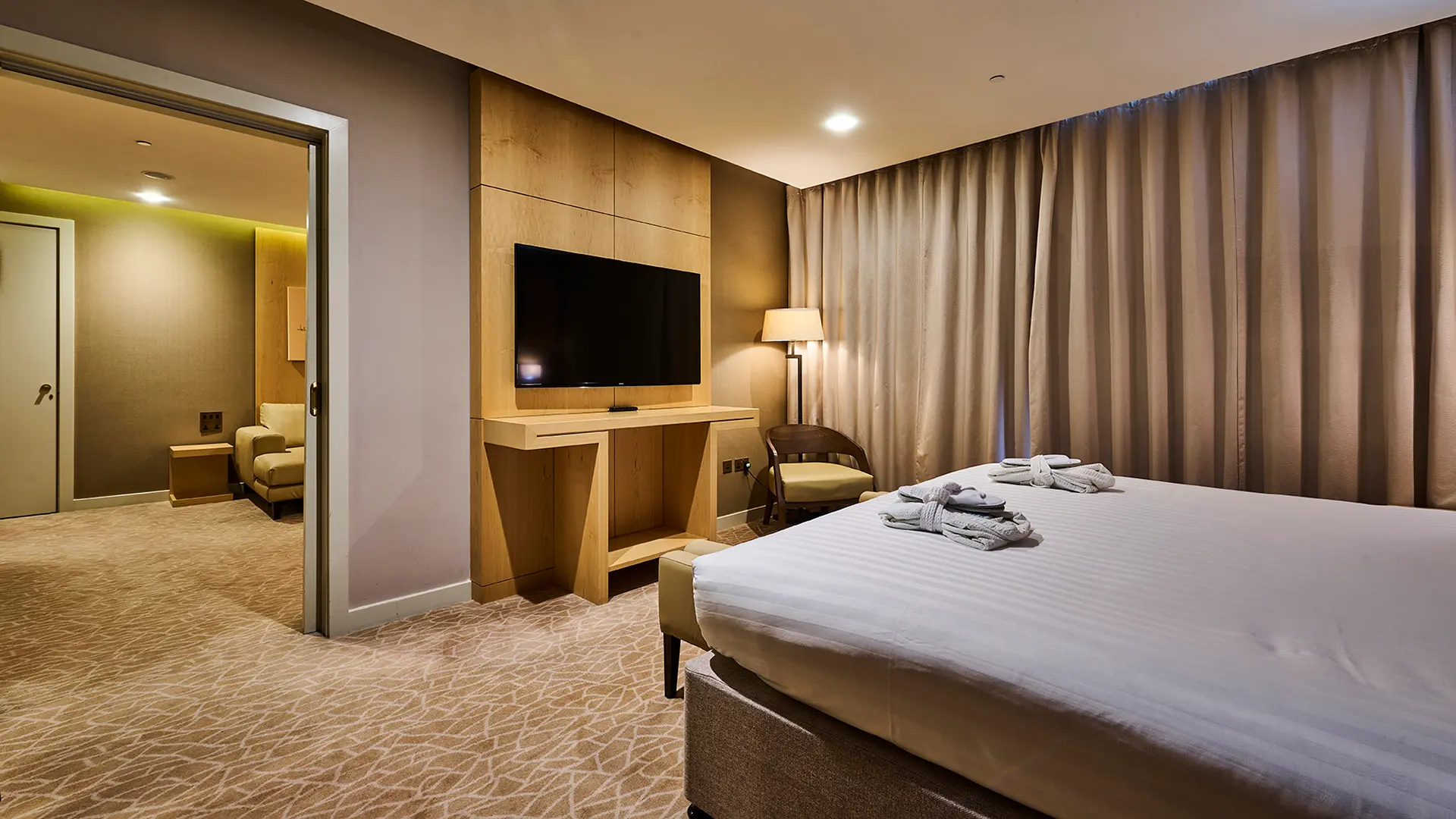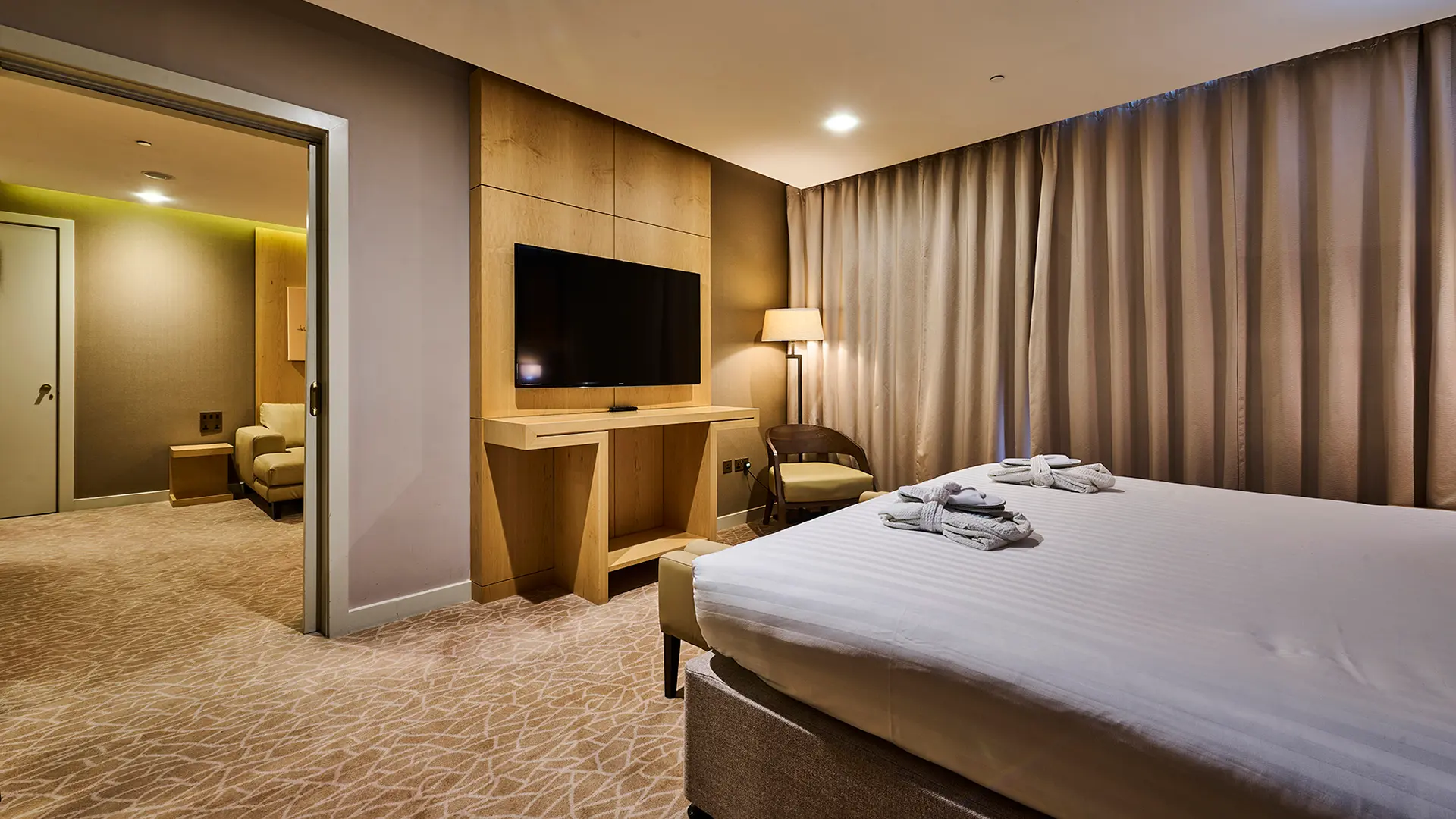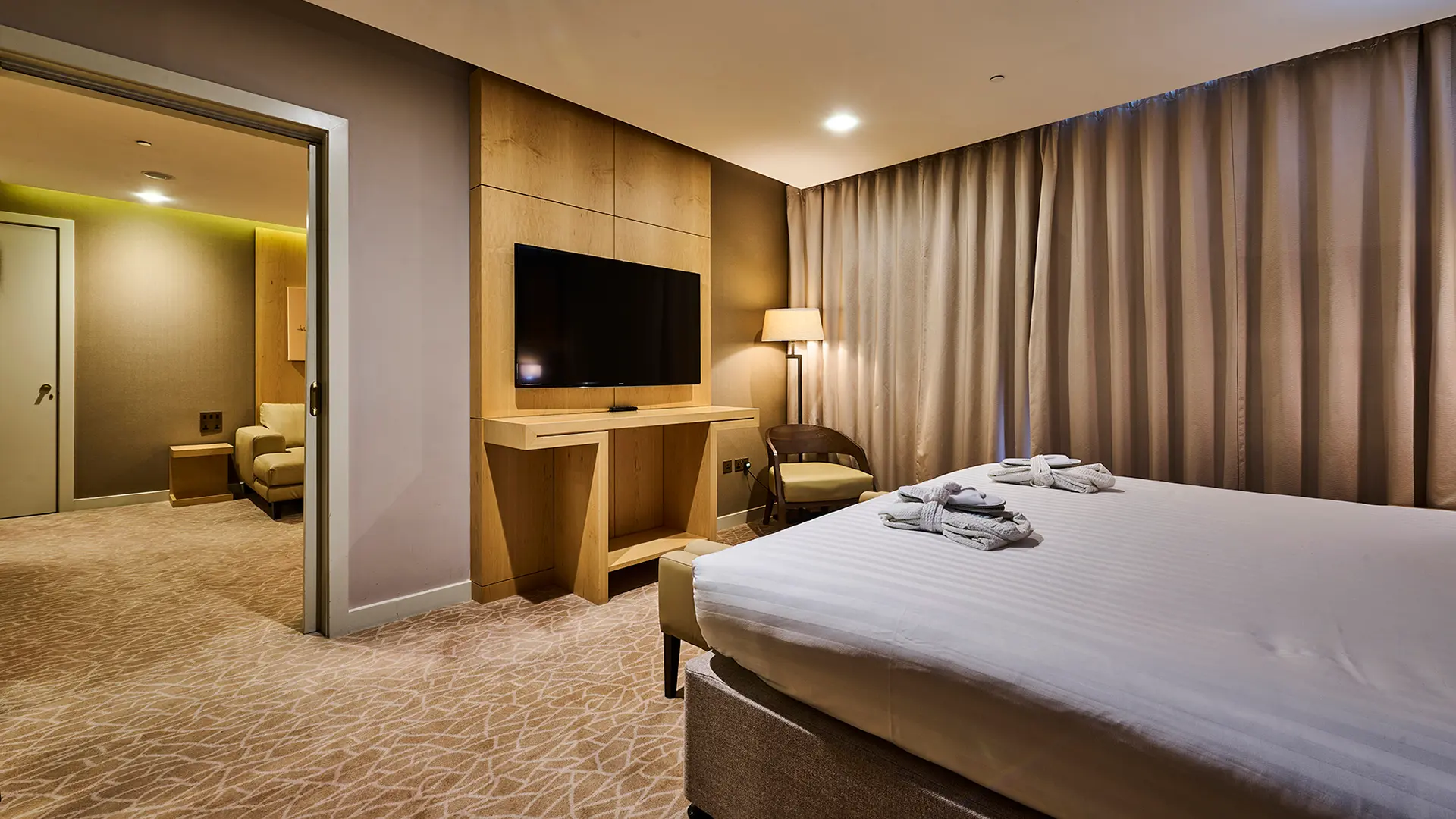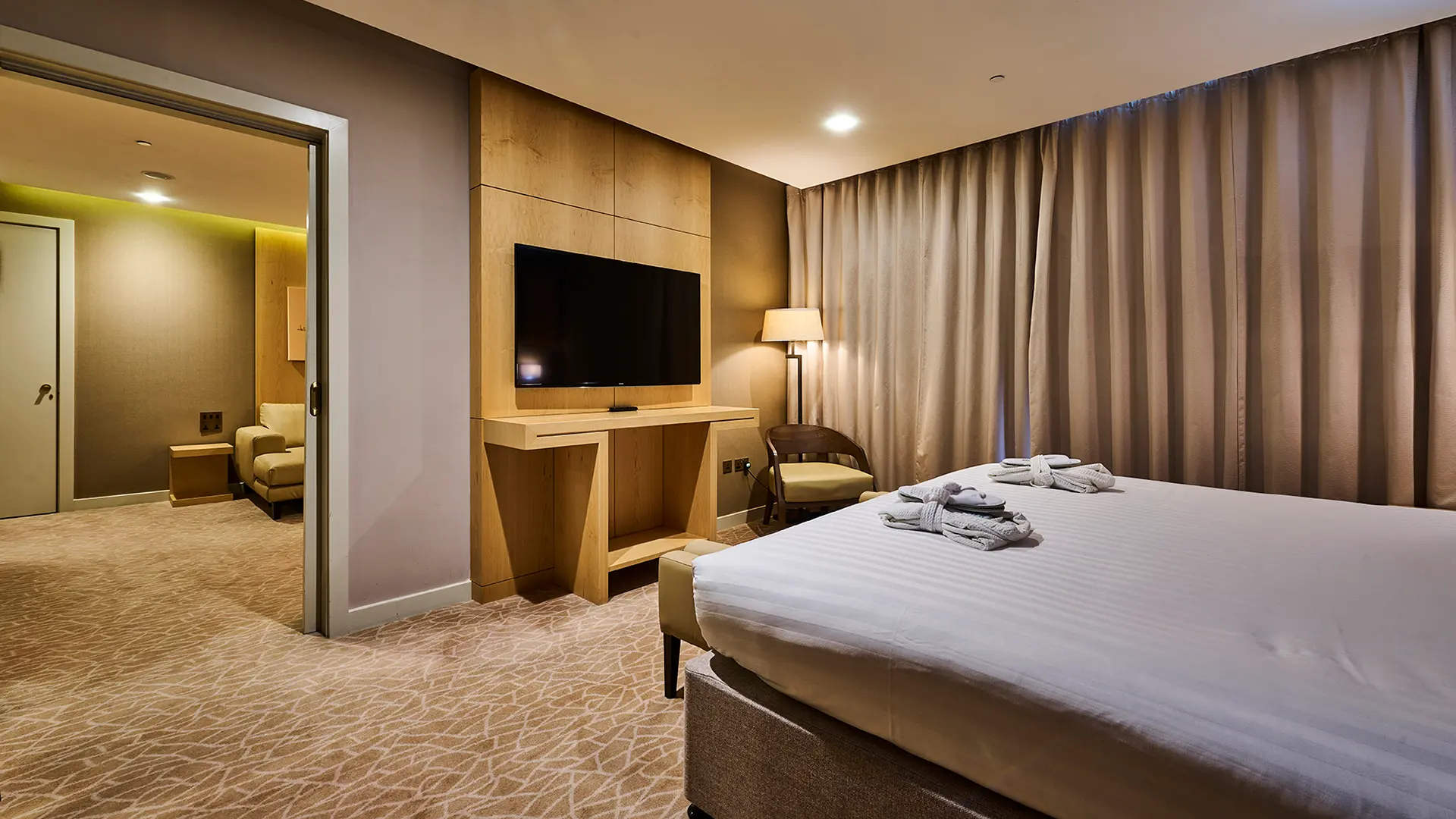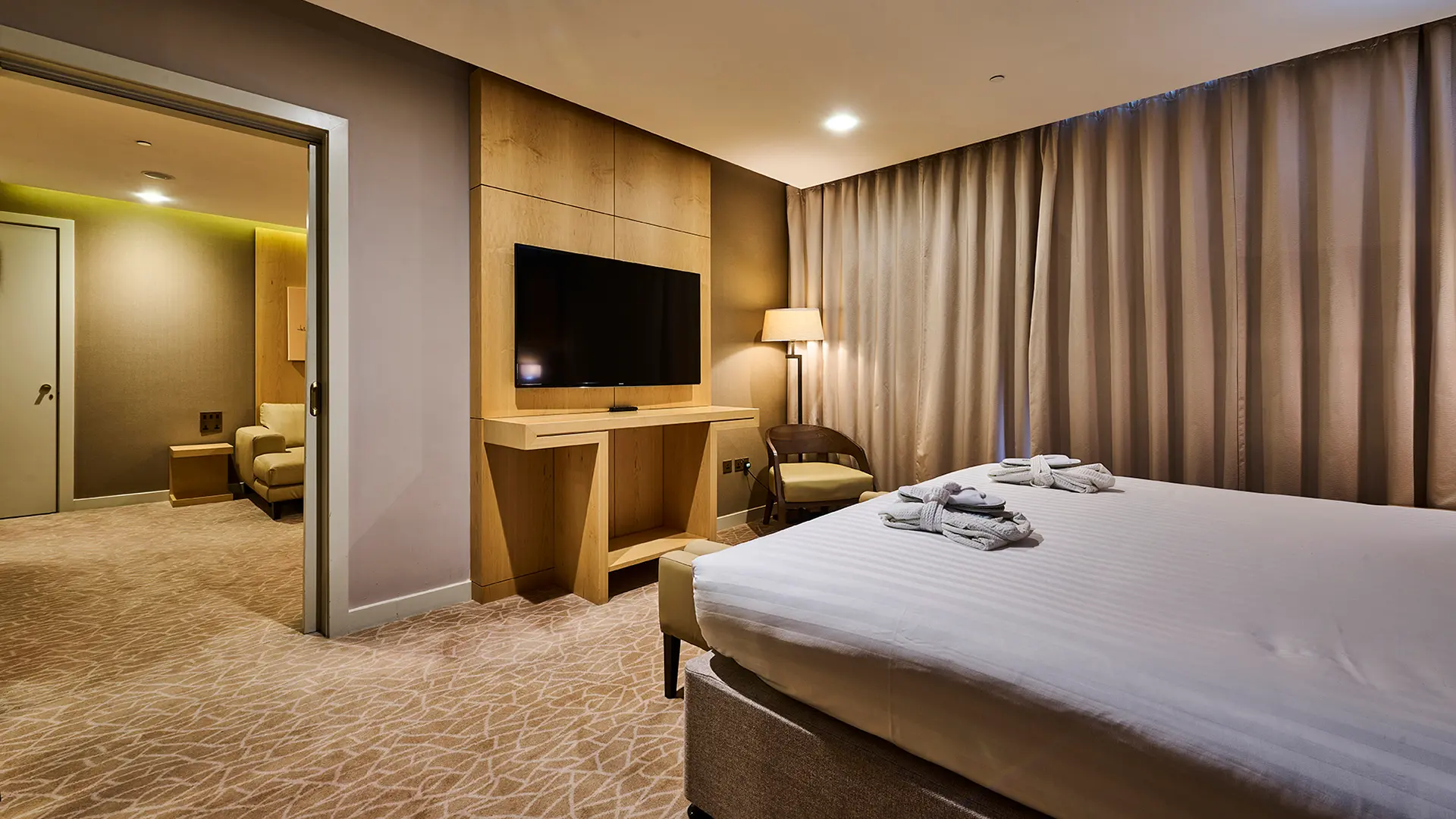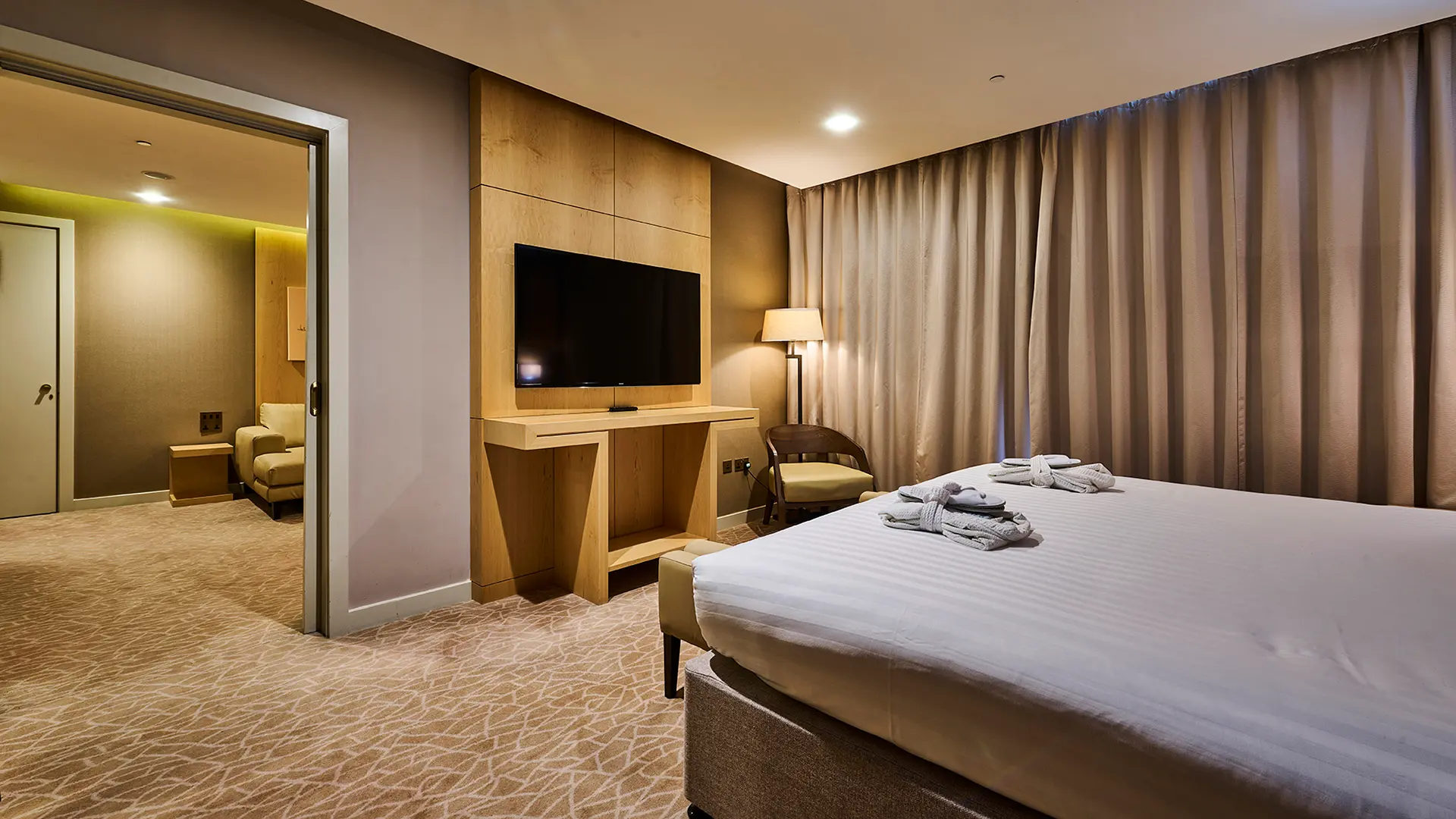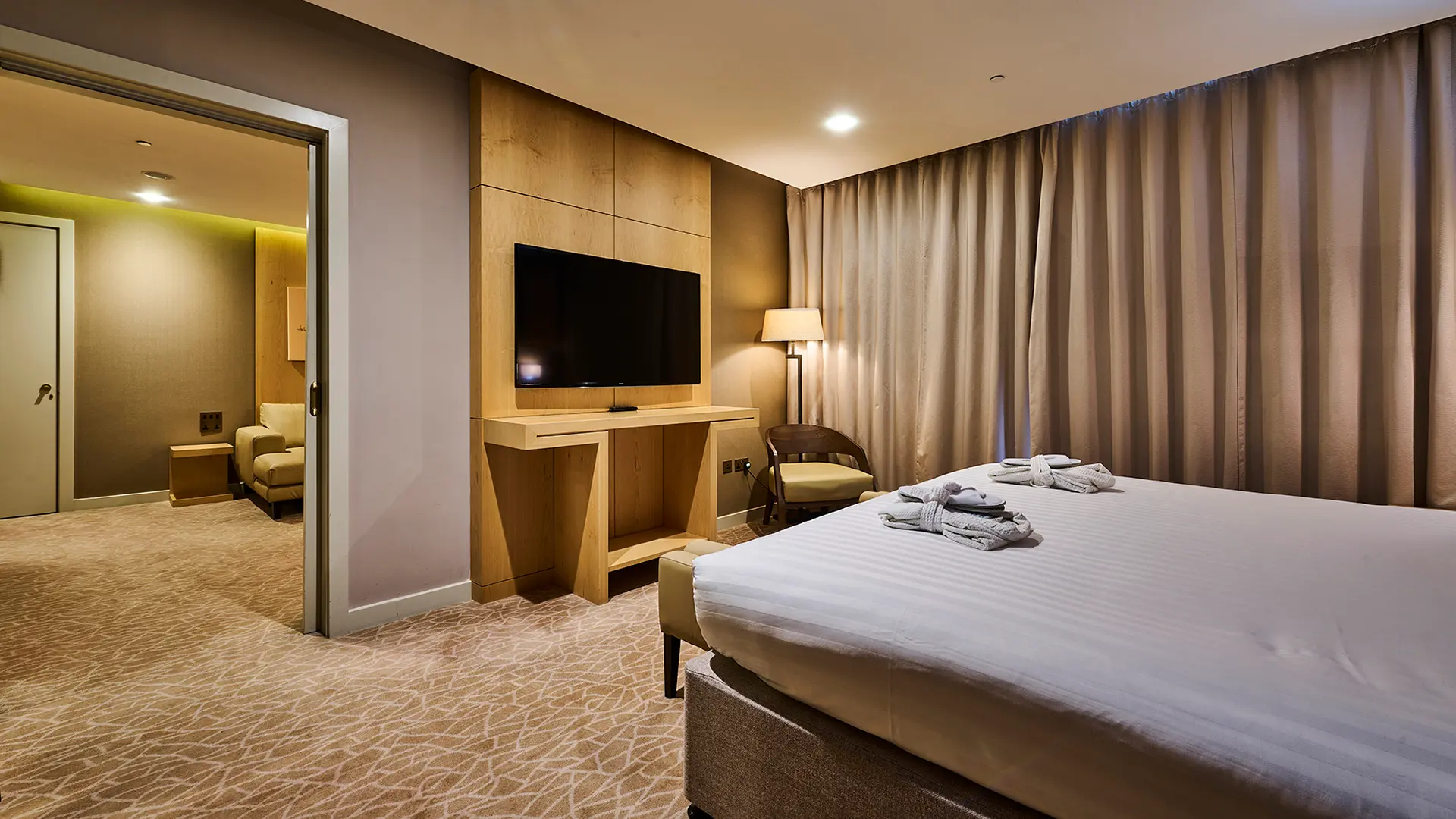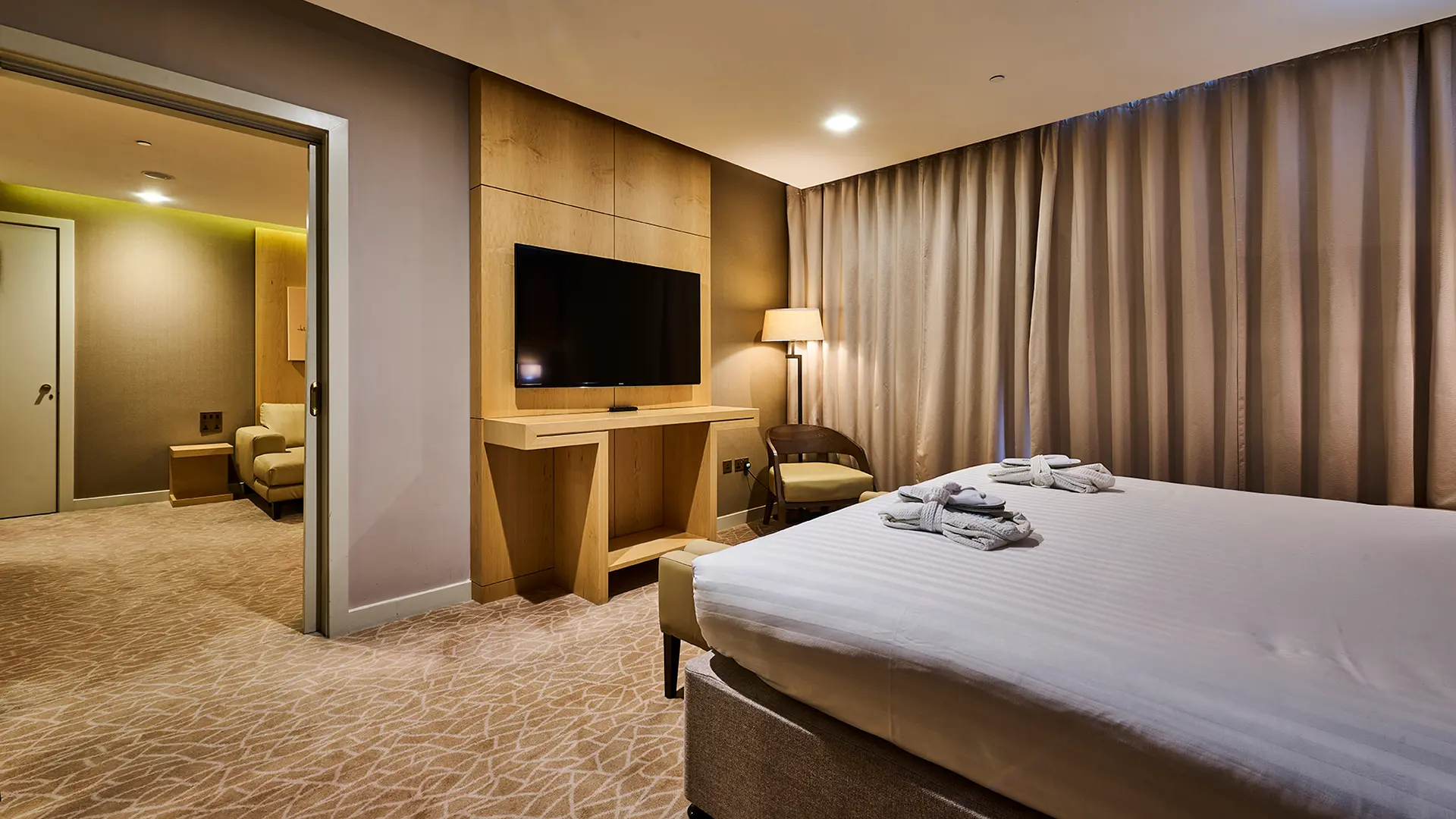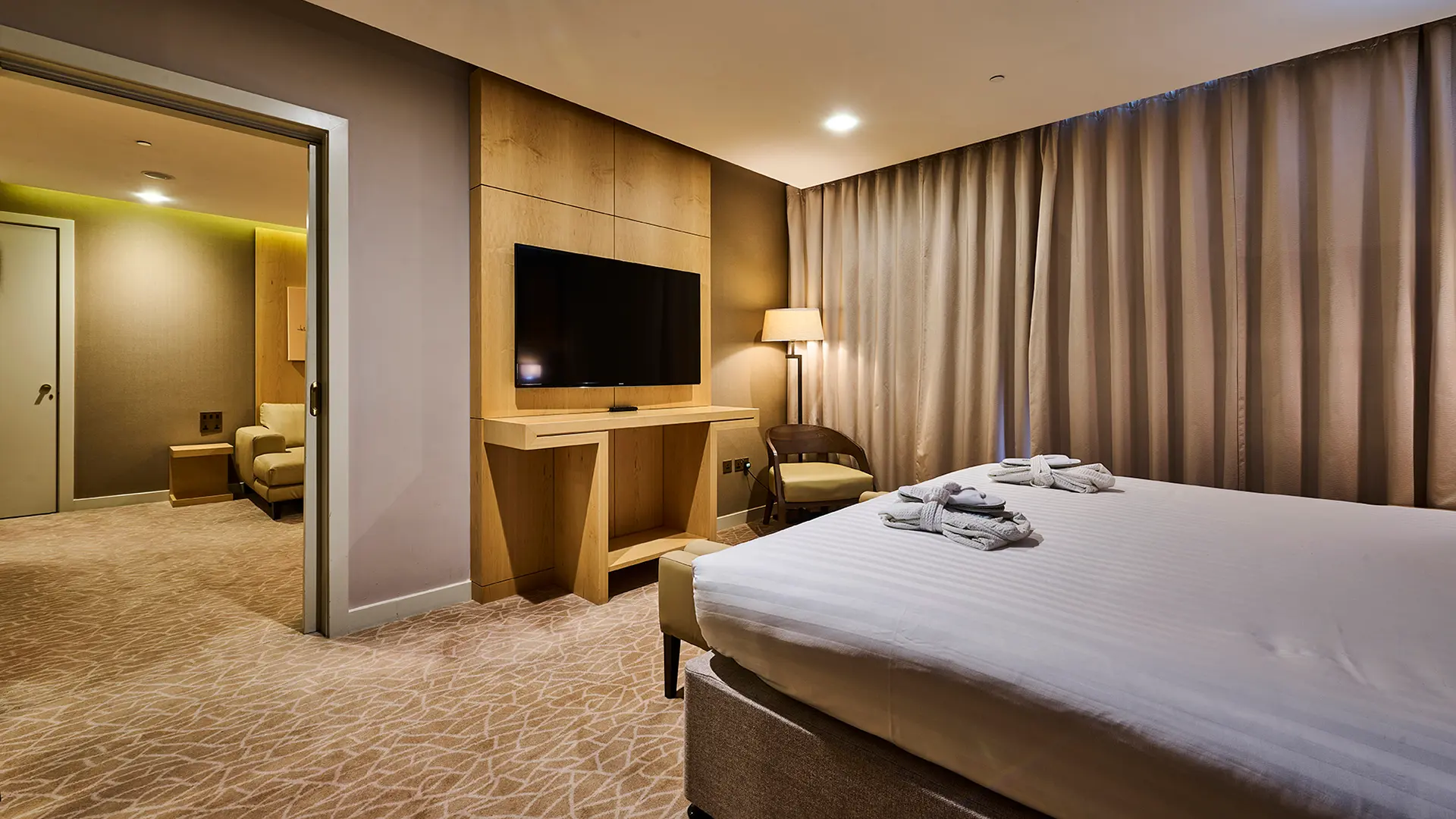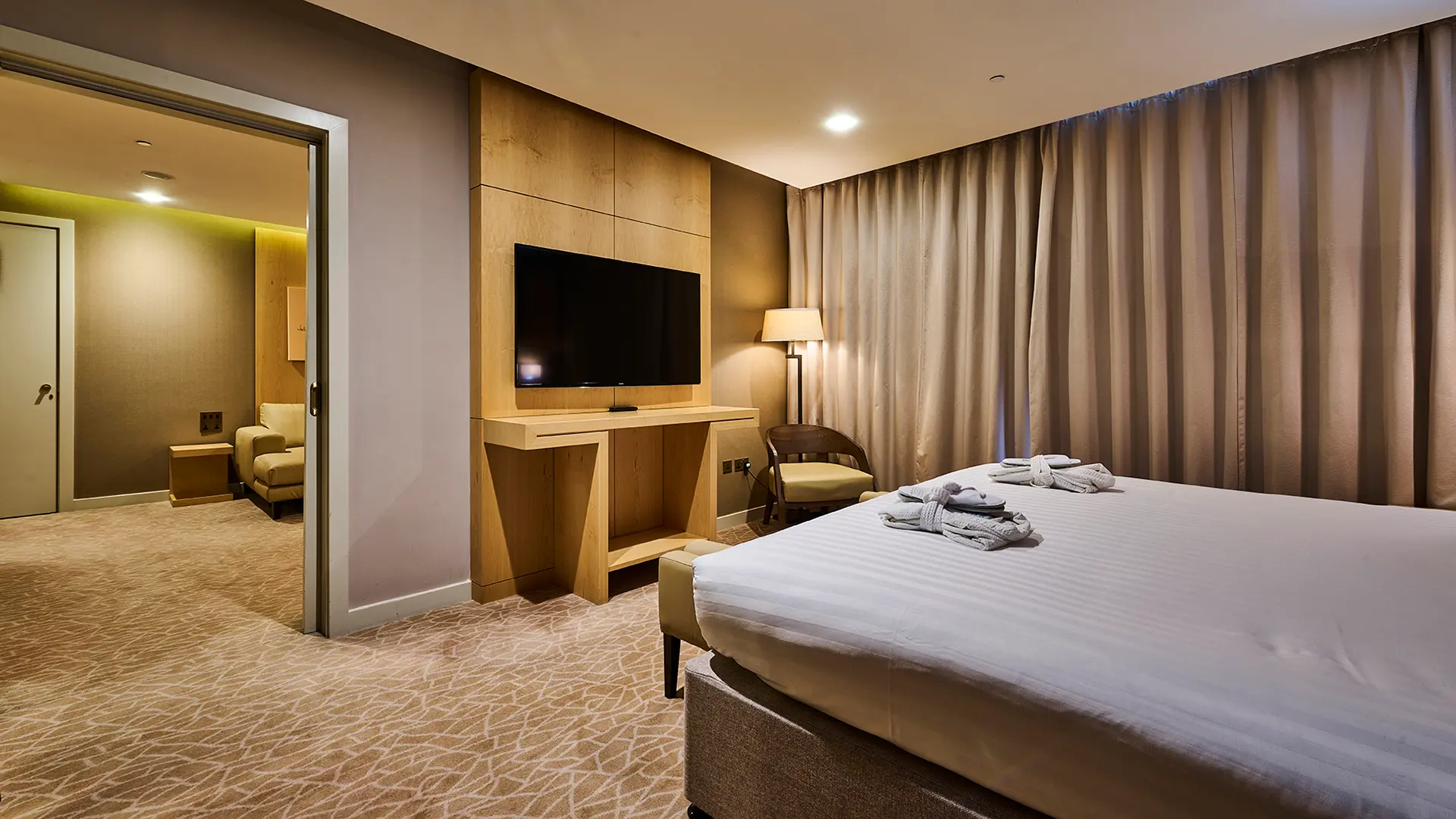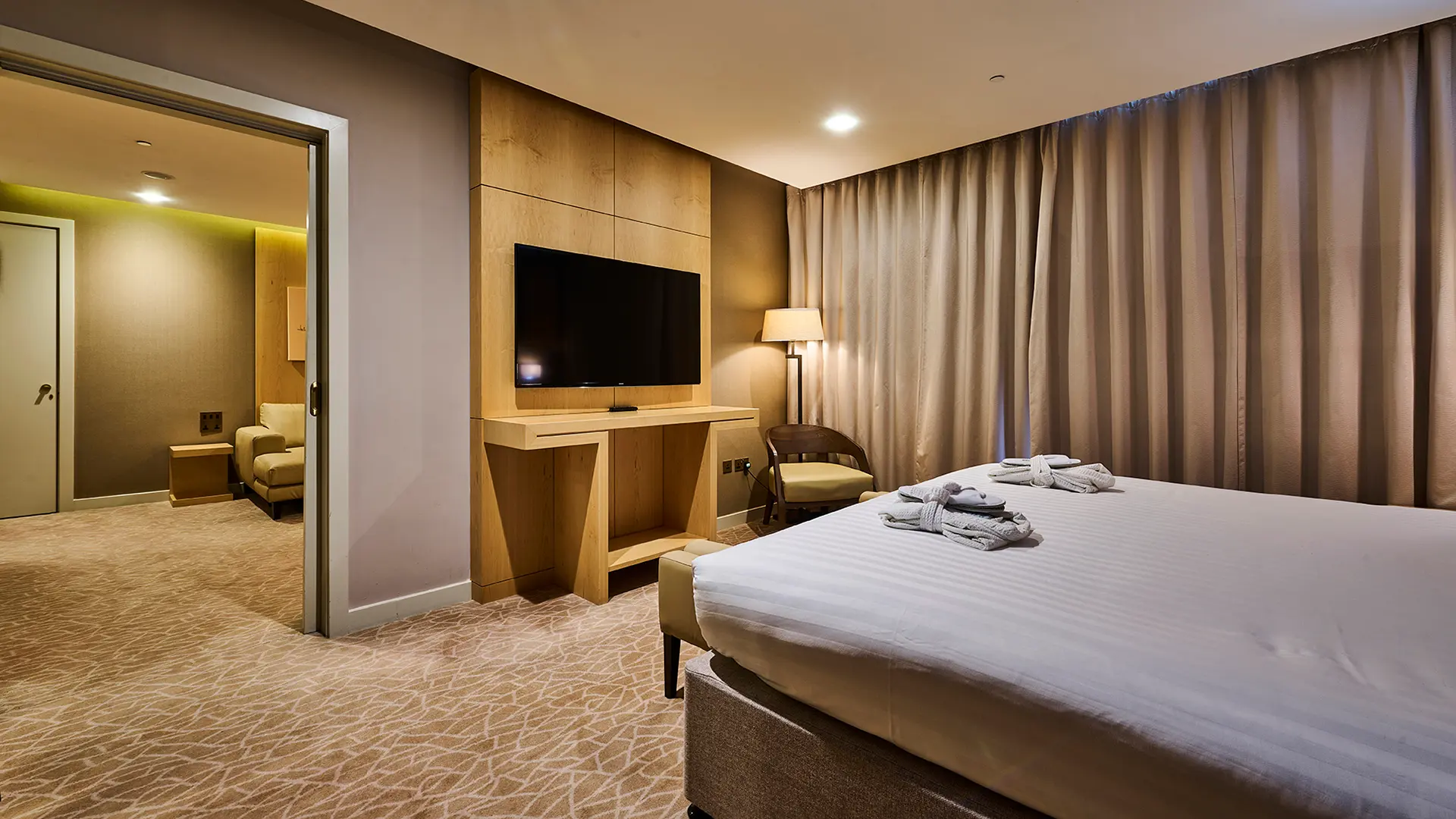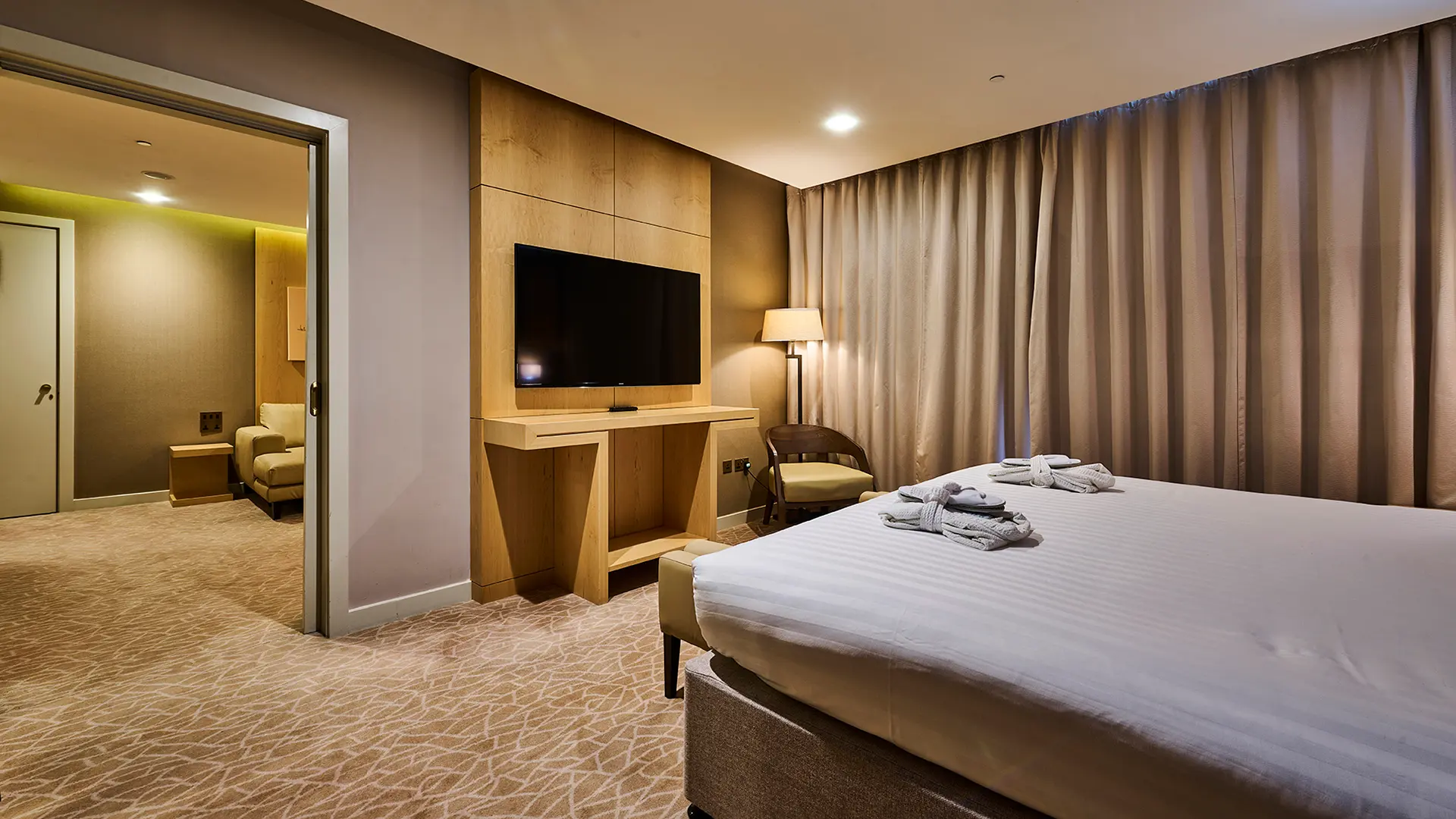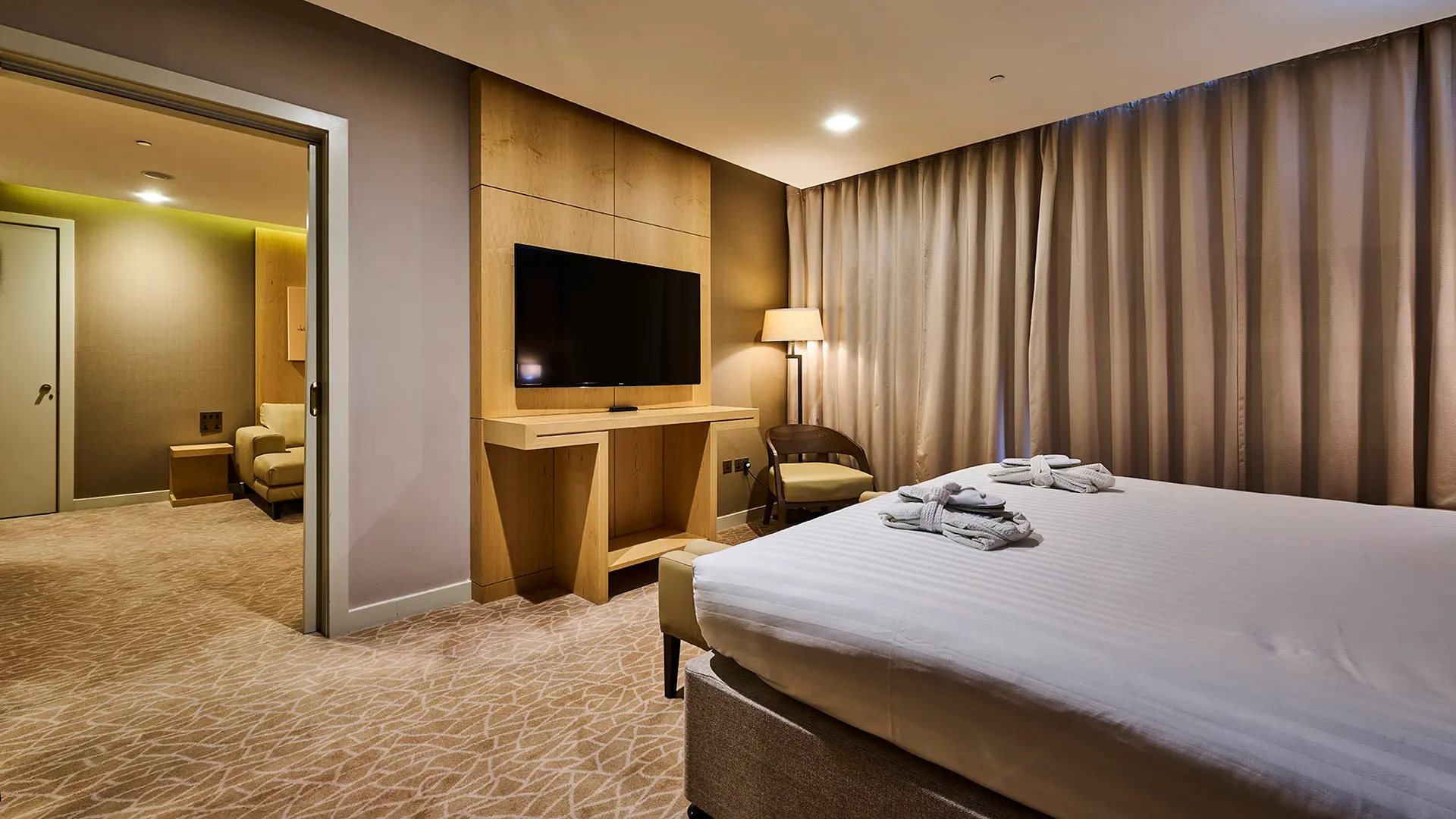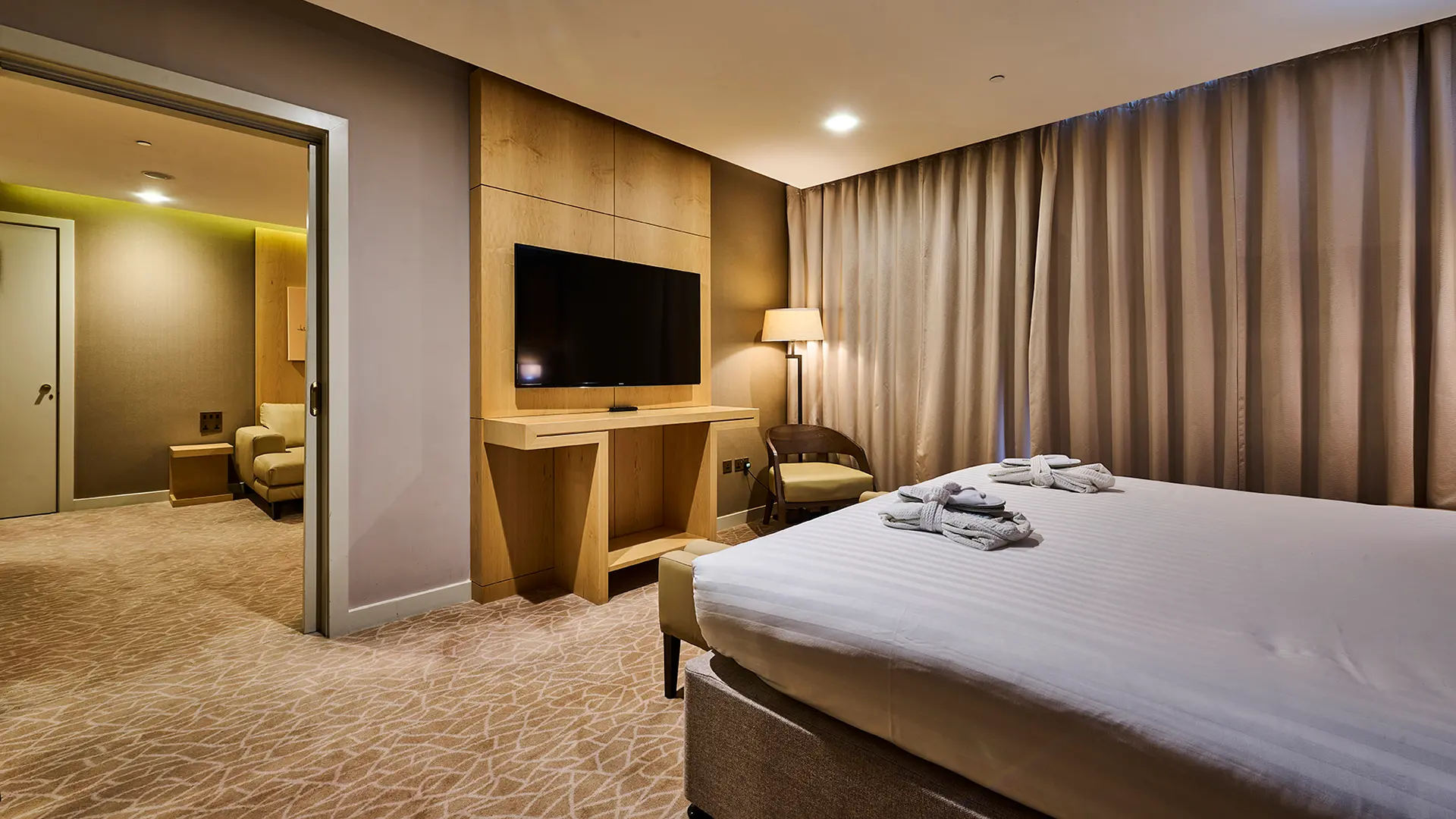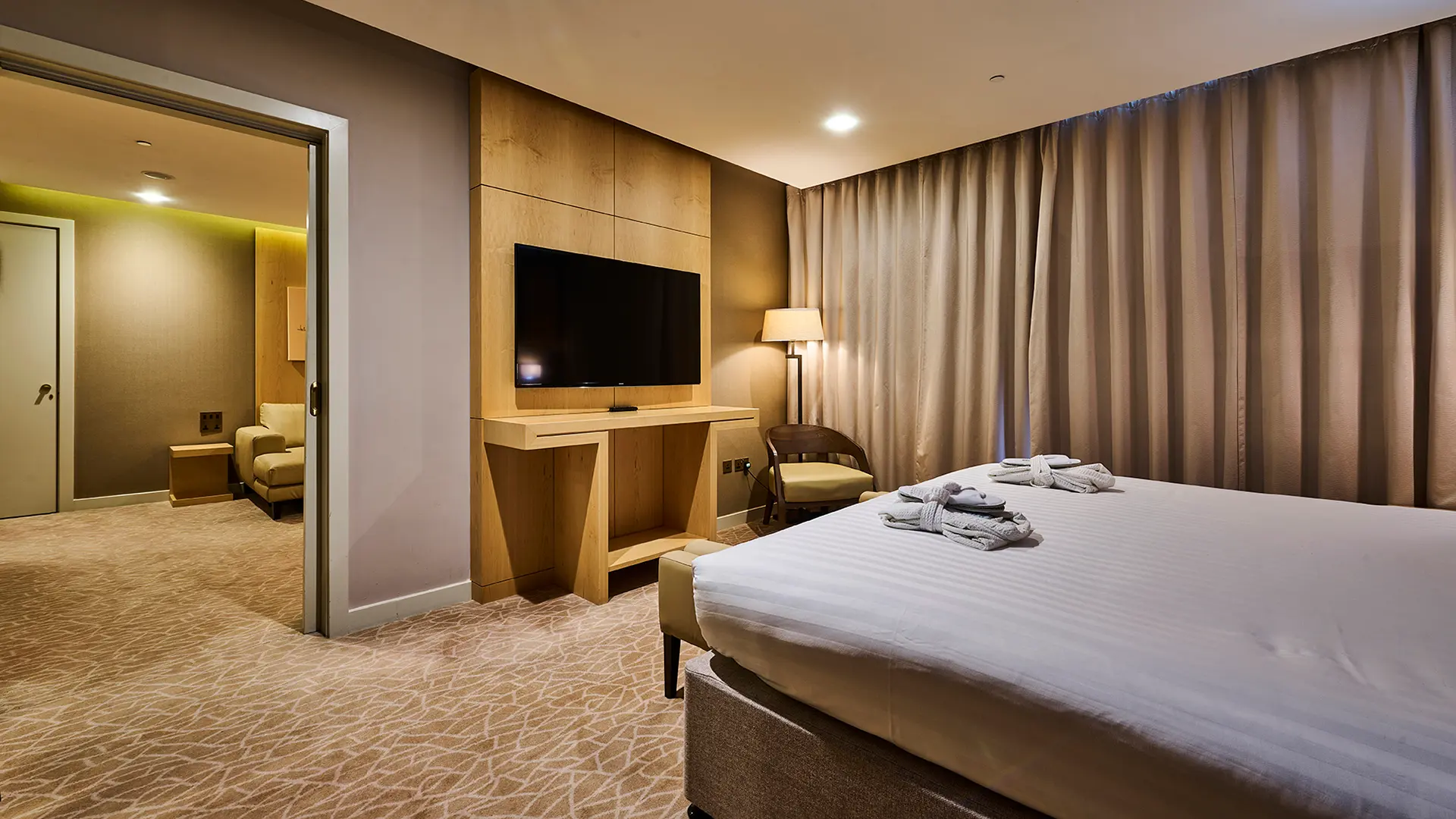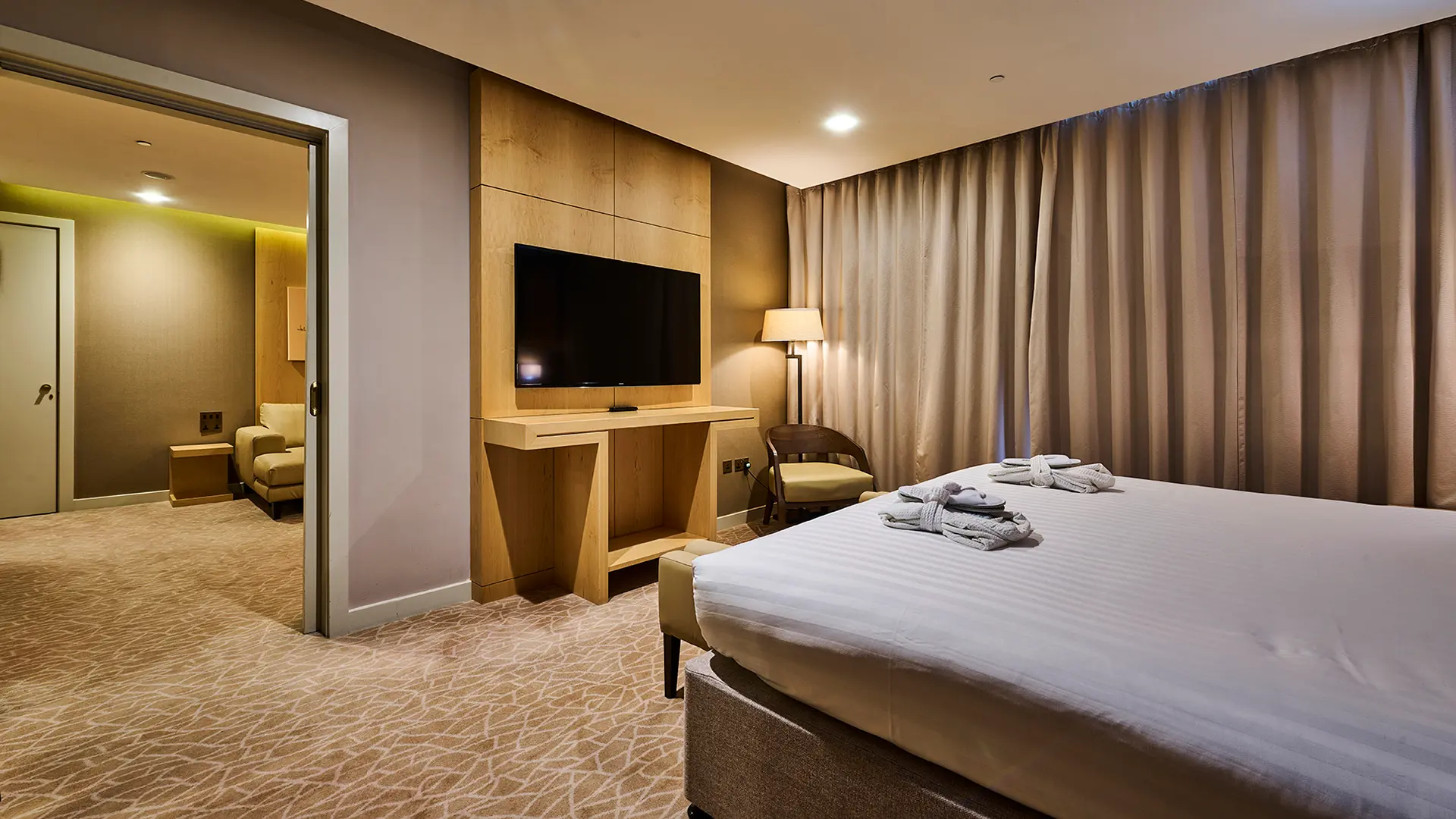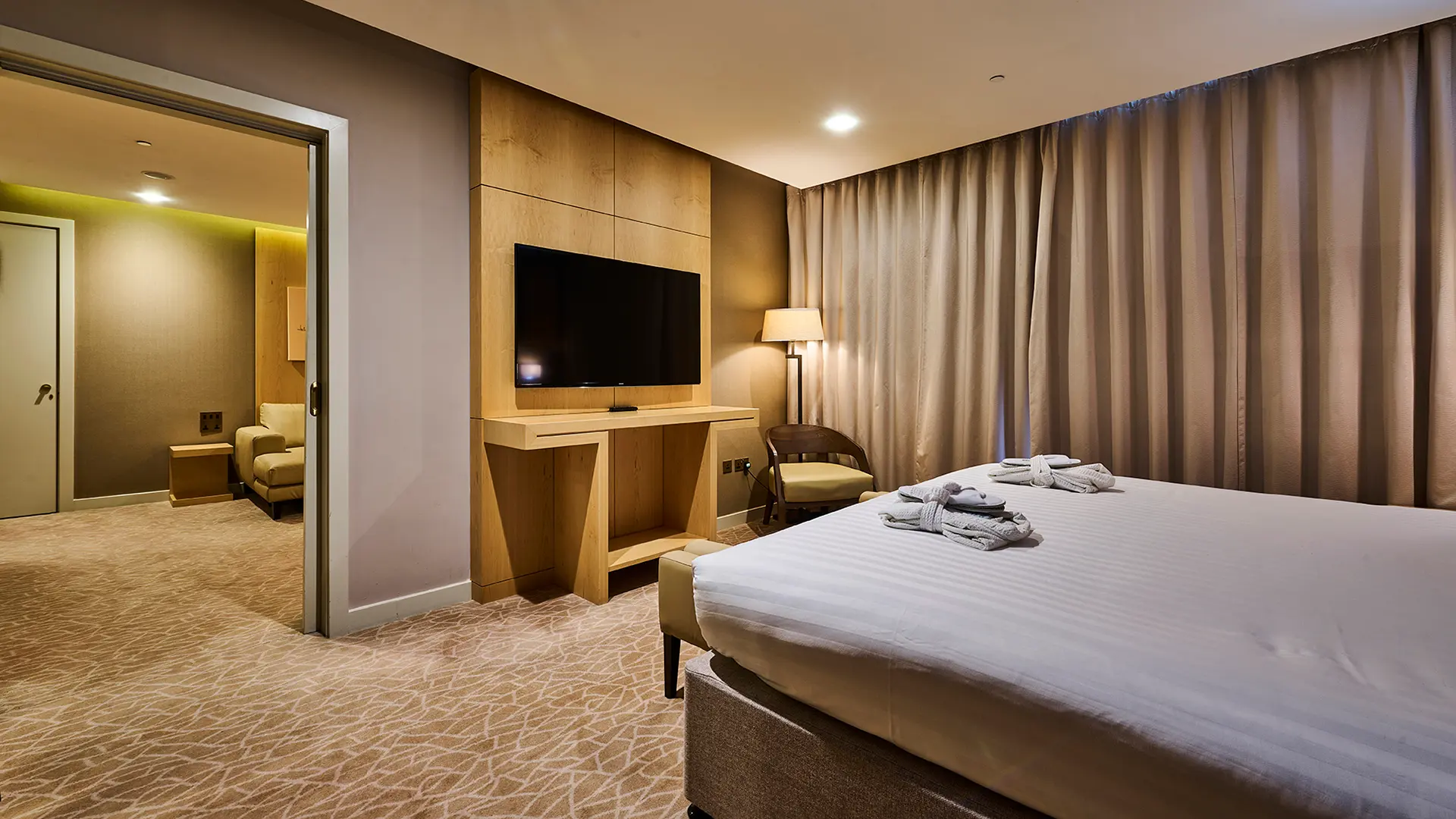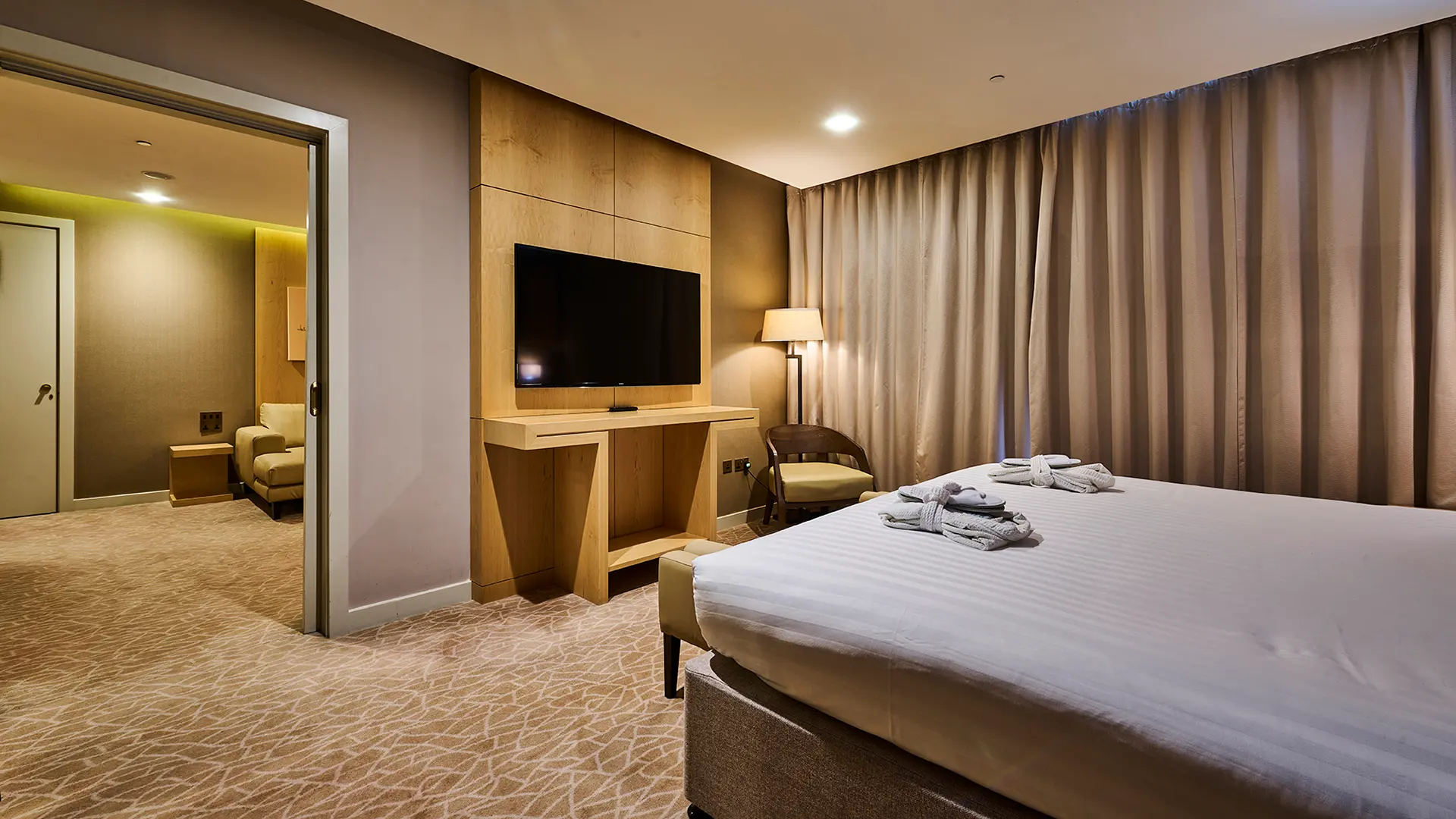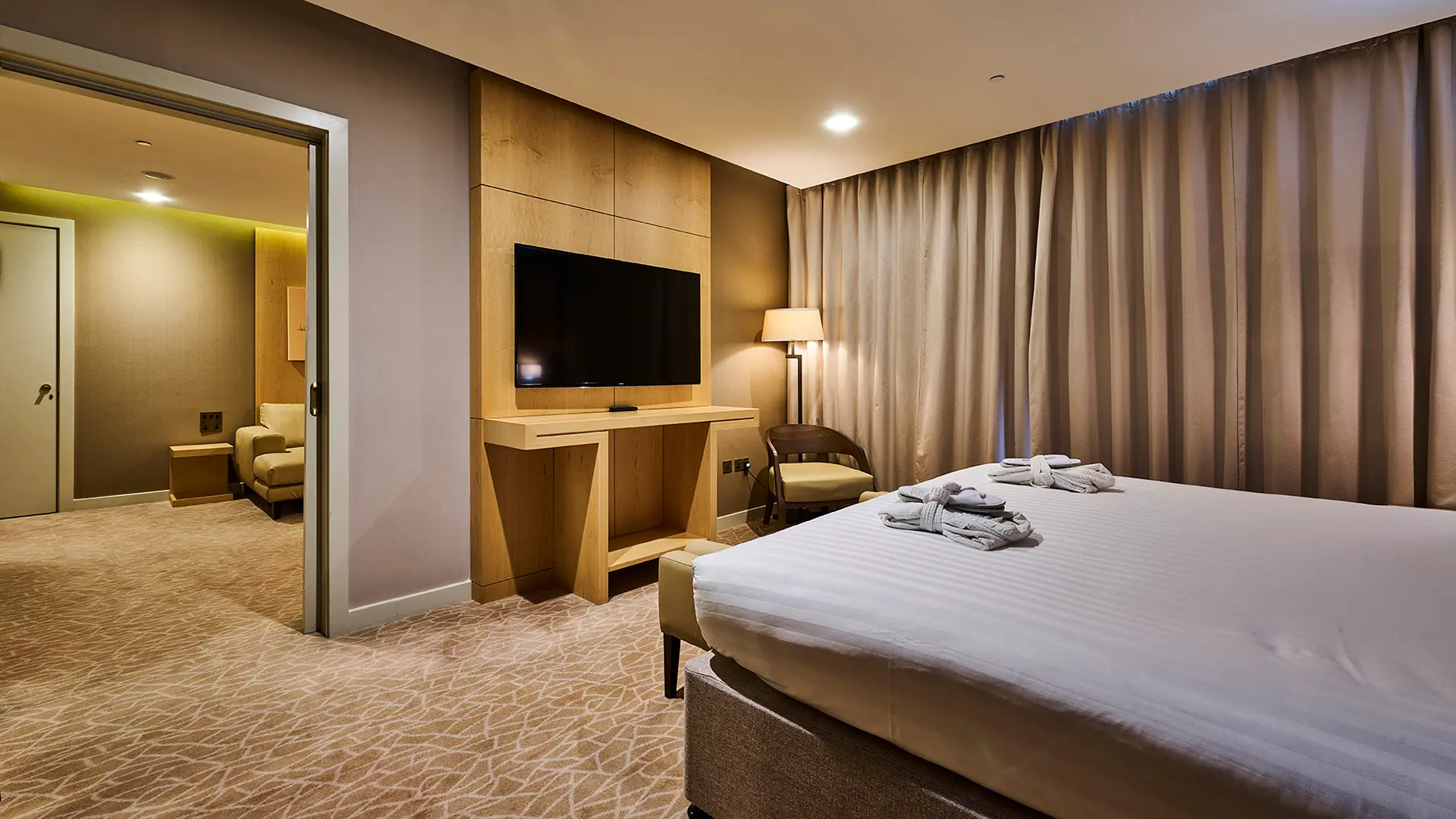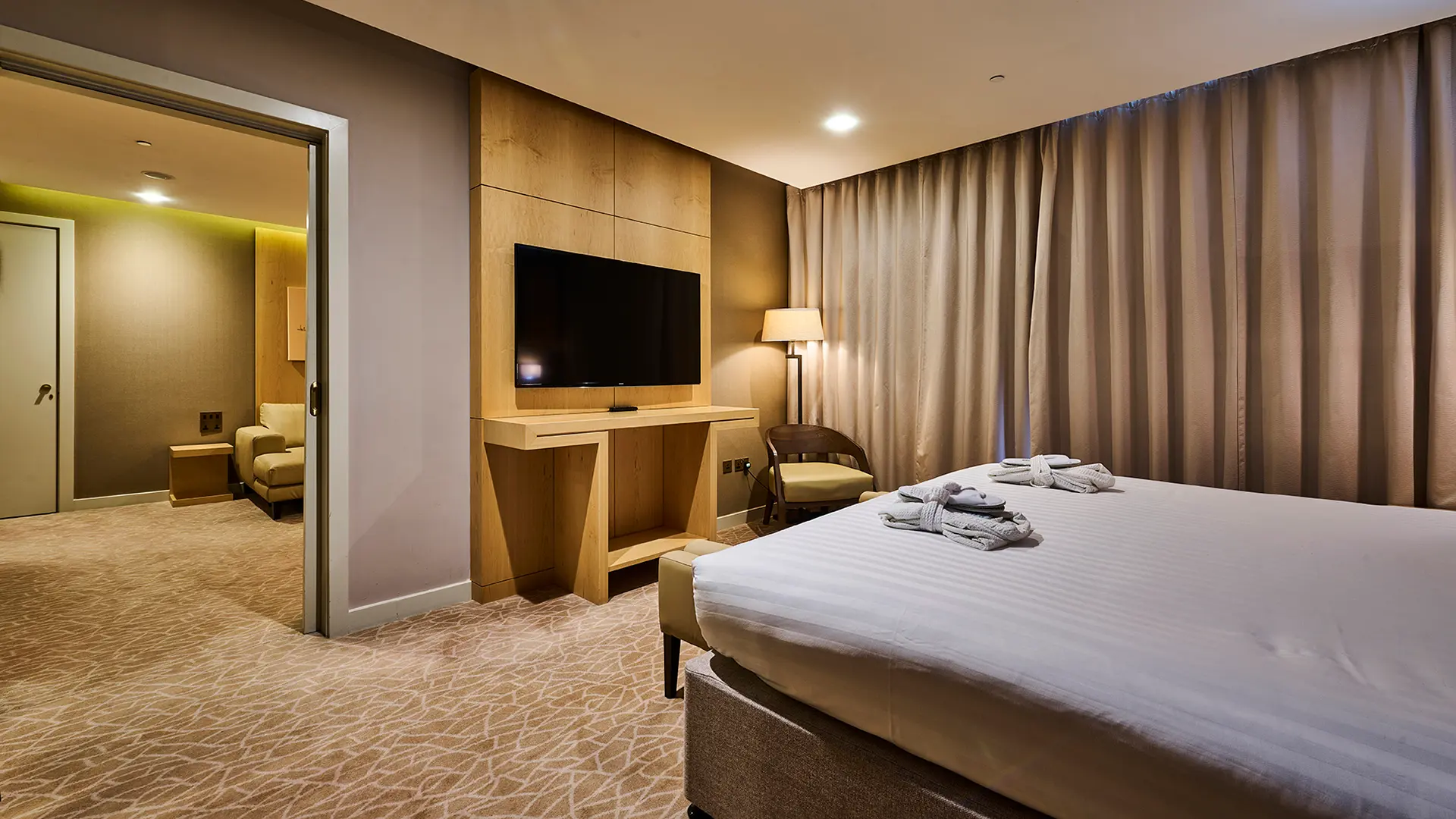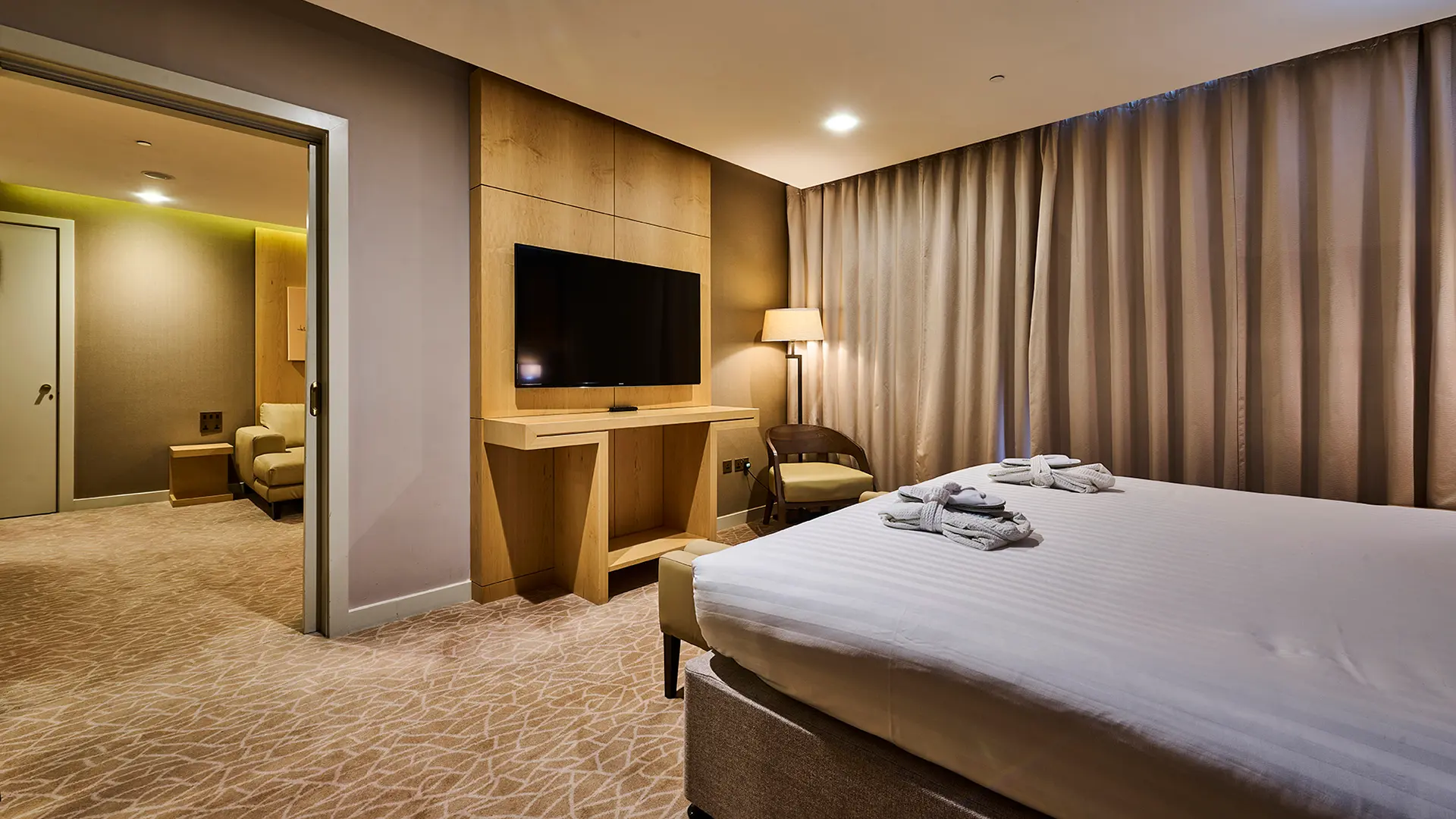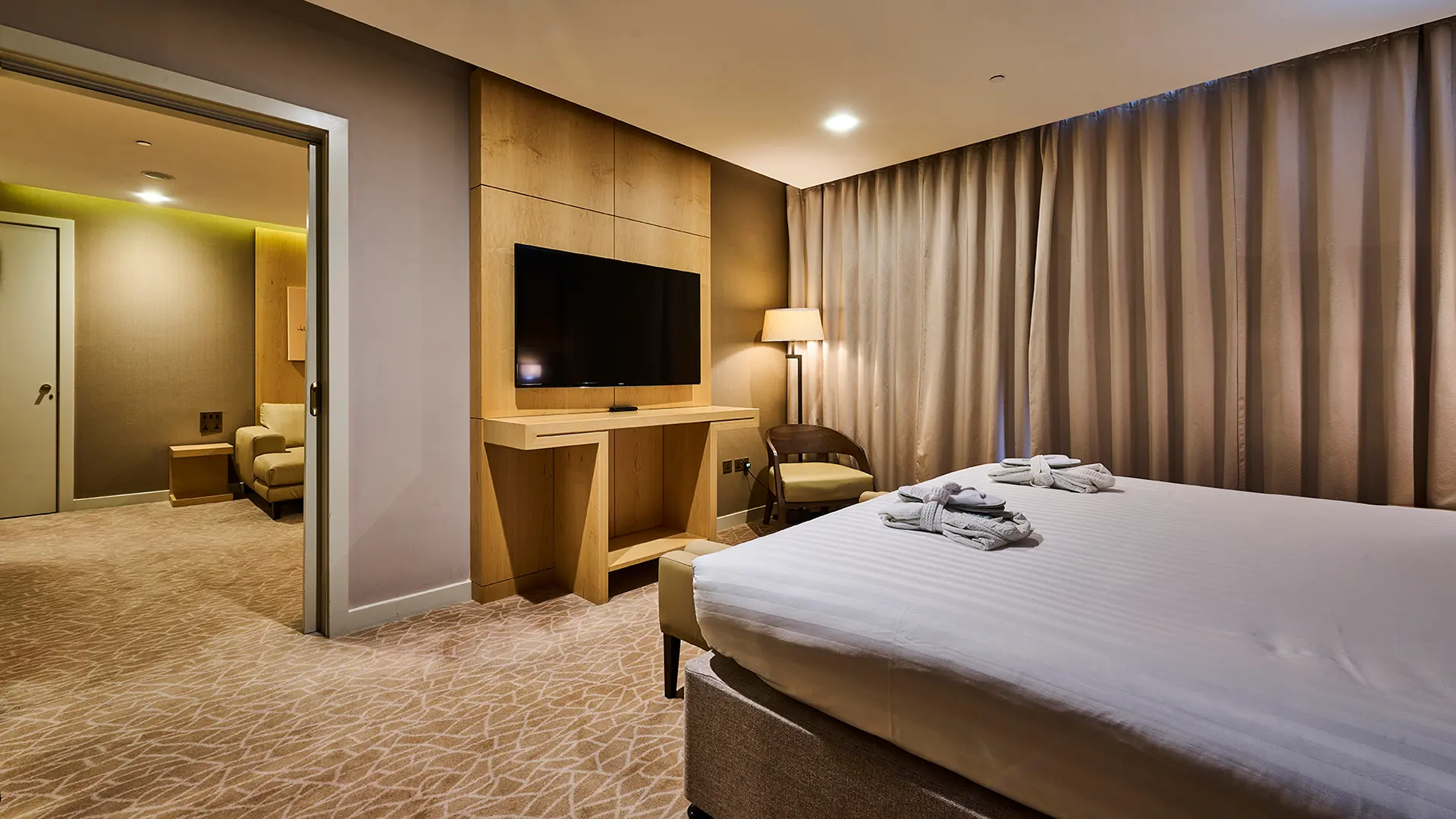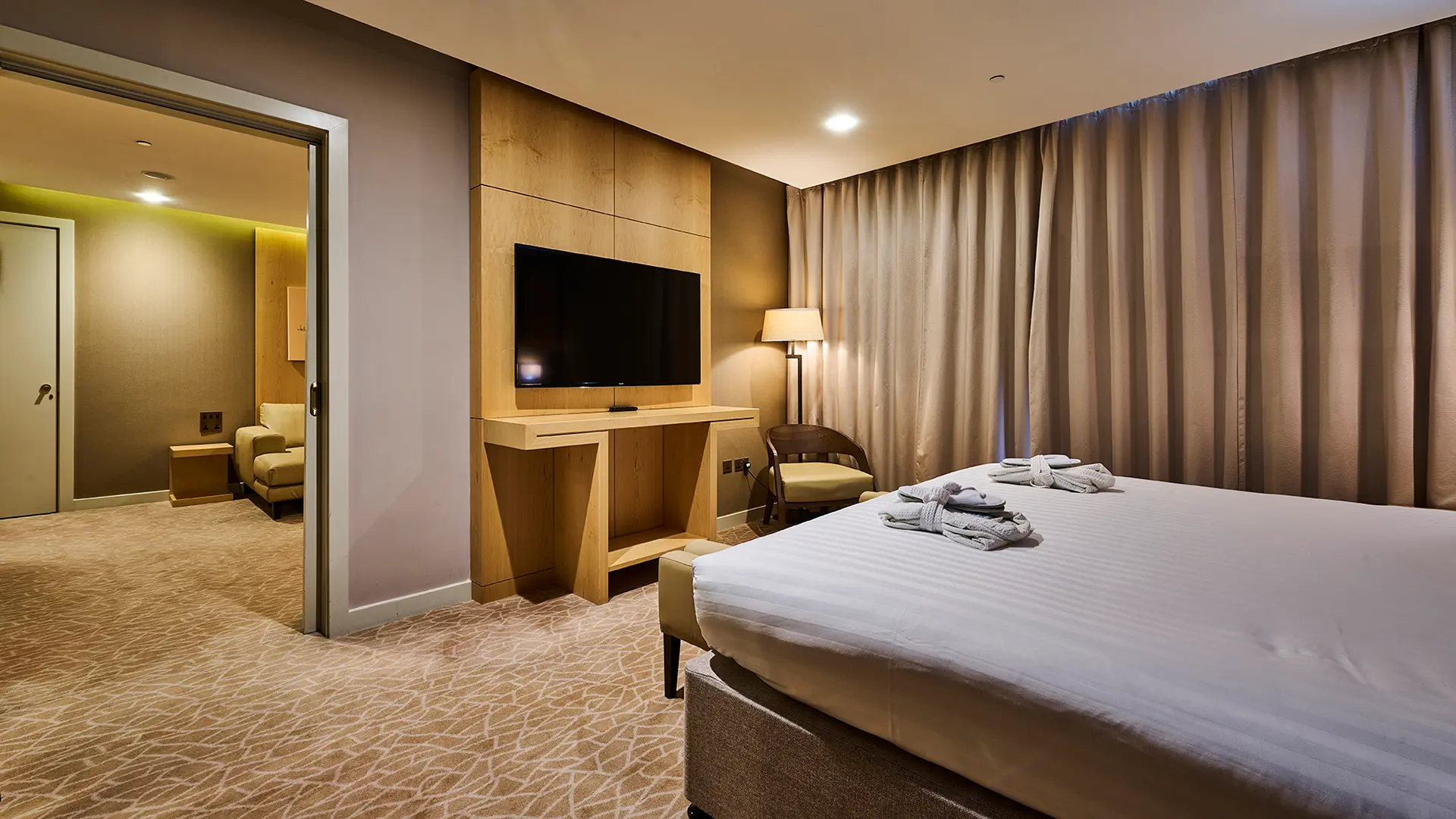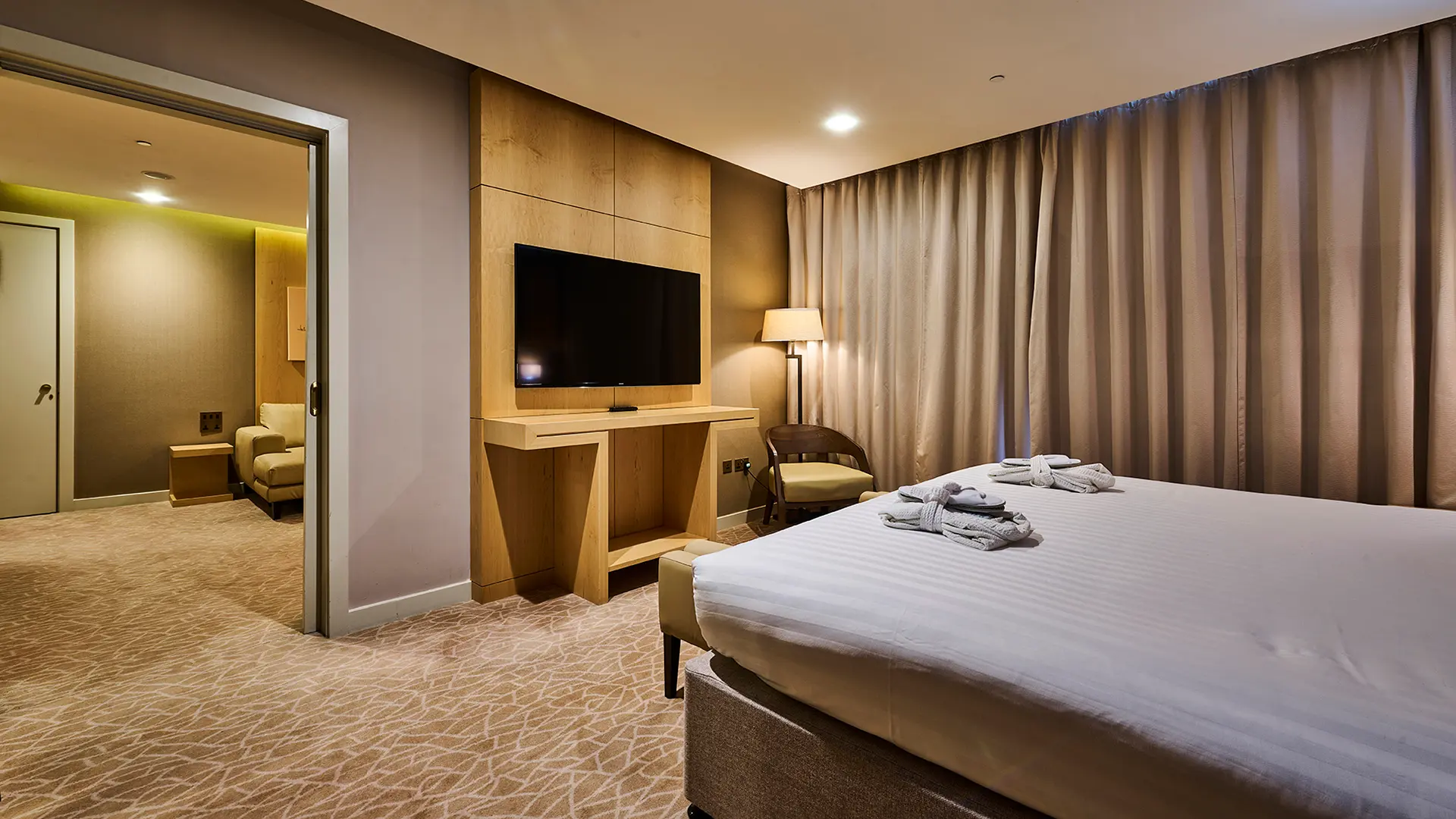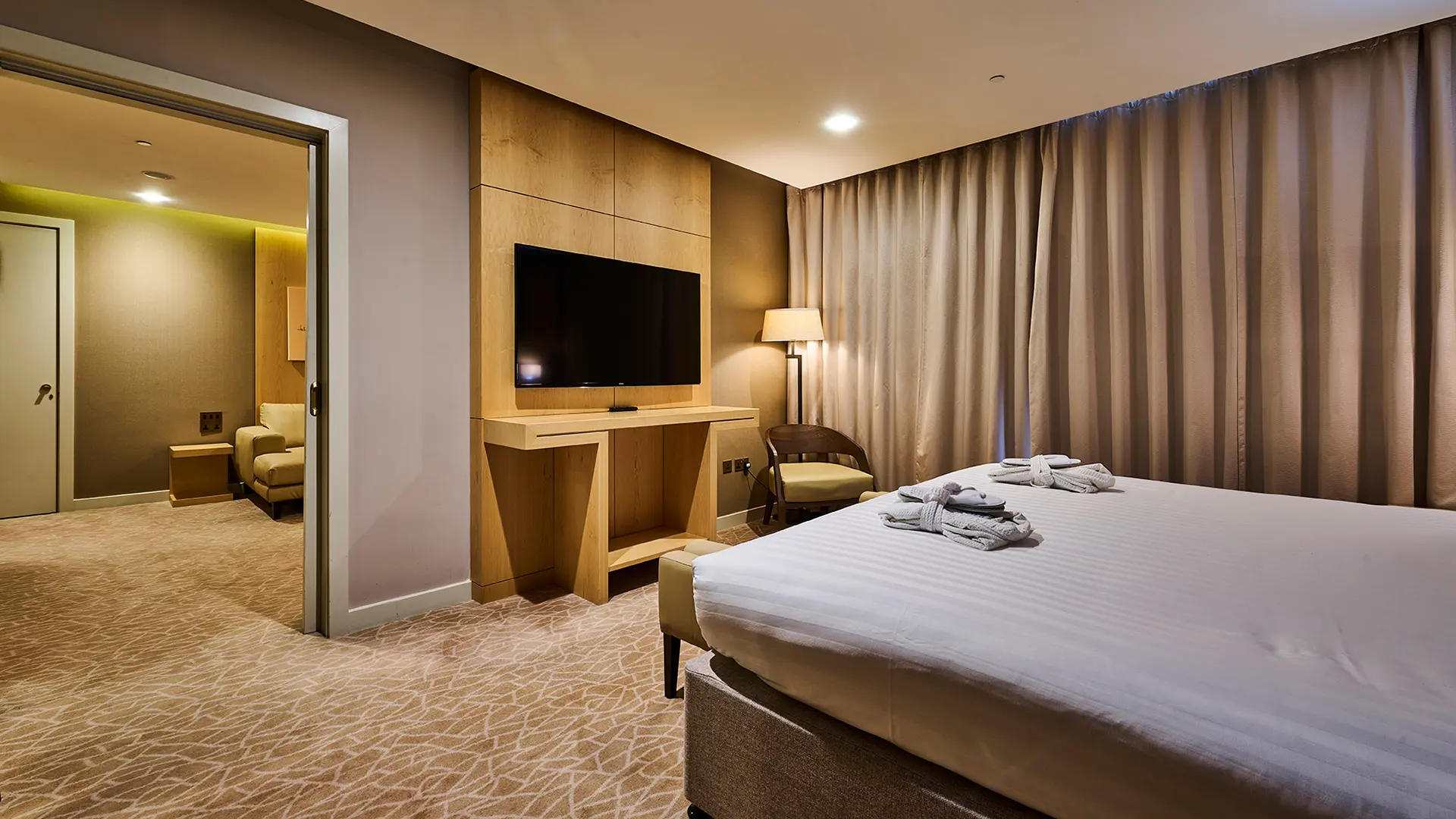Resort hotels face unique risks that standard business insurance policies simply cannot address. From seasonal fluctuations to guest safety con…
Hotel Spa Insurance: Comprehensive Coverage for Hospitality Wellness Services
Hotel spas represent a significant revenue stream for hospitality businesses, offering guests luxurious wellness experiences that enhance their stay and justify premium pricing. However, operating a spa within a hotel environment presents unique risks that require specialized insurance coverage beyond standard hotel policies. From treatment-related injuries to equipment failures and regulatory compliance, hotel spa operations face multifaceted exposures that demand comprehensive protection.
Understanding Hotel Spa Insurance
Hotel spa insurance is a specialized form of commercial coverage designed to protect hospitality businesses that offer spa services, wellness treatments, and beauty therapies. This coverage addresses the unique risks associated with combining accommodation services with therapeutic treatments, creating a comprehensive safety net for operators in this lucrative but liability-intensive sector.
Key Coverage Areas
Professional Indemnity Insurance
Professional indemnity coverage protects against claims arising from treatment errors, inadequate service delivery, or failure to meet professional standards. This includes protection against allegations of improper massage techniques, adverse reactions to treatments, or failure to identify contraindications.
Public Liability Protection
Public liability insurance covers third-party injuries occurring on spa premises, including slip and fall accidents in wet areas, burns from heat treatments, or injuries from spa equipment. This coverage extends to guest injuries in treatment rooms, relaxation areas, and spa facilities.
Product Liability Coverage
Product liability protection addresses claims related to skincare products, oils, lotions, and other treatment materials used during spa services. This includes coverage for allergic reactions, skin irritation, or adverse effects from spa products.
Equipment and Property Insurance
Specialized equipment coverage protects valuable spa machinery, including massage tables, hydrotherapy equipment, saunas, steam rooms, and advanced beauty technology. This coverage addresses repair costs, replacement expenses, and business interruption from equipment failures.
Employers Liability Insurance
Employers liability coverage protects against staff injury claims, particularly important given the physical nature of spa work and potential for repetitive strain injuries among therapists and spa attendants.
Cyber Liability Protection
Cyber insurance addresses data breaches involving guest information, appointment systems, and payment processing, particularly relevant for spas handling sensitive health information and personal data.
Industry-Specific Risks
Treatment-Related Injuries
Spa treatments carry inherent risks of injury, from massage-related muscle damage to burns from heat treatments or chemical reactions from facial procedures. Insurance must address both immediate injuries and delayed reactions that may manifest after treatment.
Hygiene and Infection Control
Spa environments present infection control challenges, particularly in areas with shared facilities like steam rooms, saunas, and hydrotherapy pools. Coverage must address claims related to infections, skin conditions, or hygiene failures.
Regulatory Compliance
Hotel spas must comply with health department regulations, professional licensing requirements, and safety standards. Insurance should protect against regulatory penalties and compliance-related claims.
Guest Expectations and Service Standards
Hotel guests often have elevated expectations for spa services, creating potential for dissatisfaction claims, service failure allegations, or demands for compensation when treatments don't meet anticipated results.
Water and Moisture Damage
Spa facilities involve significant water usage, creating risks of property damage, mold growth, and structural issues that require specialized coverage beyond standard property insurance.
Benefits of Comprehensive Coverage
Financial Protection
Comprehensive insurance protects against potentially devastating claim costs, from medical expenses for injured guests to legal defense costs and settlement payments.
Regulatory Compliance Support
Insurance providers often offer compliance guidance and risk management resources to help maintain regulatory standards and reduce exposure to violations.
Business Continuity Assurance
Coverage for equipment breakdown and business interruption ensures spa operations can continue or quickly resume following covered losses, protecting revenue streams.
Professional Credibility
Comprehensive insurance demonstrates professionalism and commitment to guest safety, enhancing the spa's reputation and guest confidence.
Risk Management Resources
Insurance providers typically offer training programs, safety protocols, and best practice guidance to help minimize risks and improve operations.
Choosing the Right Coverage
Assess Treatment Offerings
Coverage needs vary based on spa services offered, from basic massage and facial treatments to advanced procedures like body wraps, hydrotherapy, or medical spa services.
Evaluate Facility Risks
Consider unique facility features like pools, saunas, steam rooms, or outdoor treatment areas that may require additional coverage considerations.
Review Staff Qualifications
Ensure coverage aligns with staff certification levels and treatment scope, particularly for specialized therapies or medical spa services.
Consider Guest Demographics
High-end hotel spas serving affluent clientele may face elevated claim risks and should ensure adequate coverage limits.
Integration with Hotel Insurance
Coordinate spa coverage with existing hotel insurance to avoid gaps or overlaps, ensuring seamless protection across all operations.
Claims Management
Immediate Response Protocols
Establish clear procedures for incident reporting, guest care, and insurer notification to ensure prompt claim handling and minimize exposure.
Documentation Requirements
Maintain detailed treatment records, incident reports, and guest communications to support claim defense and resolution efforts.
Guest Relations Management
Develop protocols for managing guest concerns and complaints to prevent minor issues from escalating to formal claims.
Staff Training Programs
Implement ongoing training programs covering safety procedures, risk recognition, and incident response to reduce claim frequency.
Cost Considerations
Premium Factors
Insurance costs depend on spa size, treatment types, staff qualifications, claims history, and risk management practices. Premiums typically range from £2,000 to £15,000 annually for hotel spa operations.
Coverage Limits
Ensure adequate coverage limits reflecting potential claim severity, particularly for professional indemnity and public liability exposures.
Deductible Structures
Balance premium costs with acceptable deductible levels, considering cash flow implications and claim frequency expectations.
Risk Management Credits
Many insurers offer premium discounts for robust risk management programs, staff certification, and safety protocol implementation.
Regulatory Compliance
Health Department Requirements
Hotel spas must comply with local health department regulations covering sanitation, water quality, and facility maintenance standards.
Professional Licensing
Ensure all therapists maintain required professional licenses and certifications, with insurance coverage reflecting appropriate qualification levels.
Safety Standards Compliance
Implement and maintain safety protocols covering equipment operation, treatment procedures, and emergency response procedures.
Data Protection Requirements
Comply with data protection regulations governing guest information handling, particularly relevant for spas collecting health information.
Best Practices for Risk Management
Staff Training and Certification
Invest in comprehensive staff training covering treatment techniques, safety procedures, and customer service standards to minimize risks.
Equipment Maintenance Programs
Implement regular maintenance schedules for all spa equipment to prevent failures and ensure safe operation.
Guest Screening Procedures
Develop thorough guest screening processes to identify contraindications and health conditions that may affect treatment suitability.
Incident Response Protocols
Establish clear procedures for handling guest injuries, complaints, or adverse reactions to ensure appropriate response and documentation.
Facility Safety Measures
Implement comprehensive safety measures including non-slip surfaces, appropriate lighting, temperature controls, and emergency equipment.
Future Considerations
Emerging Treatment Technologies
Stay informed about new spa technologies and treatments that may require coverage adjustments or additional protection.
Regulatory Changes
Monitor evolving regulations affecting spa operations and ensure insurance coverage remains compliant with changing requirements.
Market Trends
Consider market trends toward medical spa services, wellness tourism, and specialized treatments that may impact coverage needs.
Conclusion
Hotel spa insurance represents a critical investment for hospitality businesses offering wellness services to guests. The unique combination of hospitality and therapeutic services creates complex risk exposures that require specialized coverage beyond standard hotel insurance policies. By securing comprehensive protection addressing professional liability, property risks, and regulatory compliance, hotel spa operators can focus on delivering exceptional guest experiences while maintaining financial security.
The investment in proper insurance coverage pays dividends through enhanced guest confidence, regulatory compliance support, and protection against potentially devastating claim costs. As the wellness tourism sector continues growing, hotels with well-protected spa operations will be positioned to capitalize on this lucrative market while maintaining the security that comprehensive insurance provides.


 0330 127 2333
0330 127 2333
